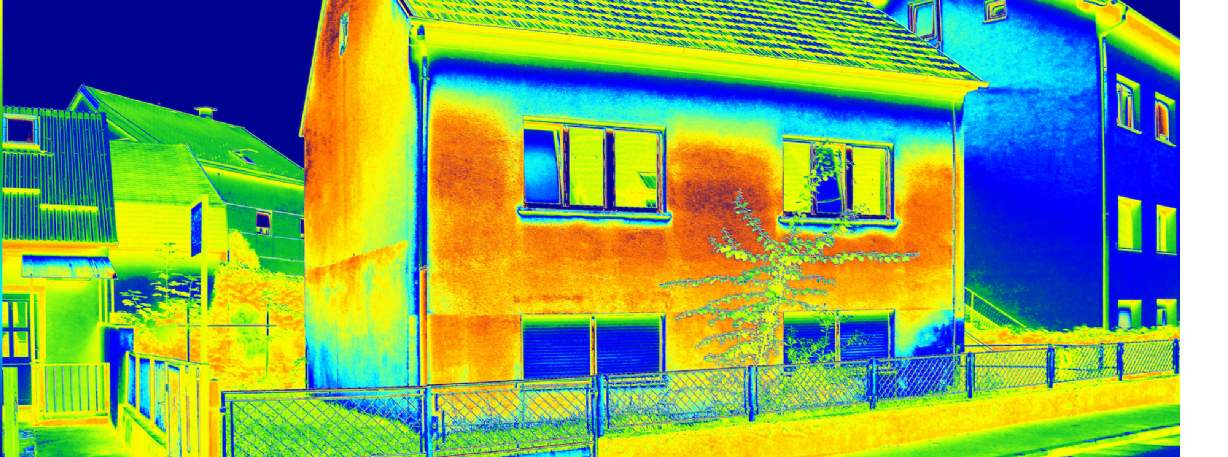As the UK lays bare the climate challenge ahead at COP26, we must consider the role that the residential housing sector plays, and what can be done to help combat the issue.
The impact that the housing sector has on the climate is significant. It was responsible for emitting 67.7 metric tonnes of carbon dioxide equivalent (MTCO2e) in 2020, which is over one-fifth of all UK CO2 emissions, having risen nine per cent between 2014 and 2020.
The bulk of the issue lies with how we heat our ageing housing stock, which accounts for 70 per cent of housing emissions. As it stands, 30 per cent of homes in England and Wales built pre-war still carry an EPC rating of E or below, increasing to 47 per cent for those built pre-1900.
We have an immense challenge ahead. Our latest research, which analyses EPC certificates to weigh up the cost of implementing all advised energy efficiency improvements, estimates that £330 billion is needed as the UK residential sector seeks to meet targets set by the Government including a desire to get all homes to EPC level C by 2035.
So what can we do to combat this? To date, the Government’s strategy has relied heavily on incentive schemes. But payback on many energy improvements remains unattractive, even if a grant can be accessed to underwrite some of the cost.
The estimated cost of upgrading a home with an EPC D rating is £6,472 – but with an average annual cost saving of £179, it will take 36 years to pay back the initial investment, according to the English Housing Survey.
As a result, for the majority of homeowners, the impact that upgrading a home’s EPC rating will have on its value is limited. Grants and green finance initiatives alone are unlikely to facilitate the step-change in investment in energy efficiency needed to meet government targets.
Existing regulation provides a framework to require landlords to ensure their stock meets the increasing minimum standards for energy efficiency in the rented sector. However, it will place a significant liability on both private and affordable landlords that is likely to result in significant restructuring of their portfolios.
With the Government likely to impose EPC targets for lenders, the cost and terms on which mortgage finance can be obtained have the potential to change the equation for those with a mortgage. But, even this will not go far enough. More than 10 million homes are owned outright – increasing by 1.6 million in just the past 10 years. These homes are typically older, less energy efficient and change hands infrequently.
This may mean discounts and surcharges on property-specific taxes such as stamp duty and council tax have to be considered by policymakers. These have the potential to increase the ‘green premium’ and ‘brown discount’ of housing, providing a greater incentive for owners to invest in energy efficiency improvements.
However, it’s important to note that these changes would be highly politically sensitive, requiring, among other things, concessions for heritage properties.
Savills recognises real estate is responsible for 40 per cent of carbon emissions and, to coincide with COP26, it is launching its latest research examining how the sector is adapting to meet climate change challenges. Savills is committed to achieving net zero carbon in its operation by 2030. Through Savills Earth it brings together the expertise of more than 100 specialists to support and advise clients on their sustainability, energy and carbon strategies. Visit Savills Earth to find out more.

.jpg)







.jpg)
.jpg)